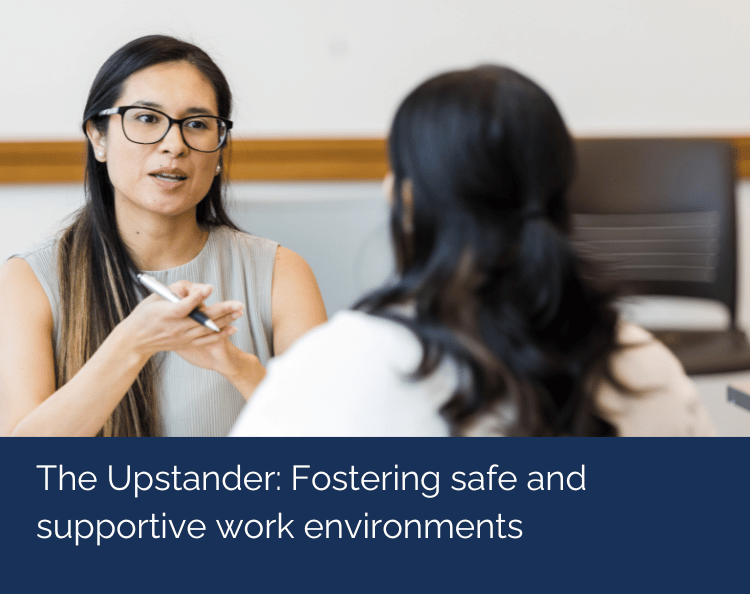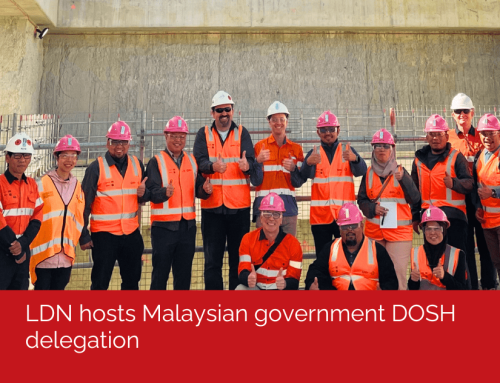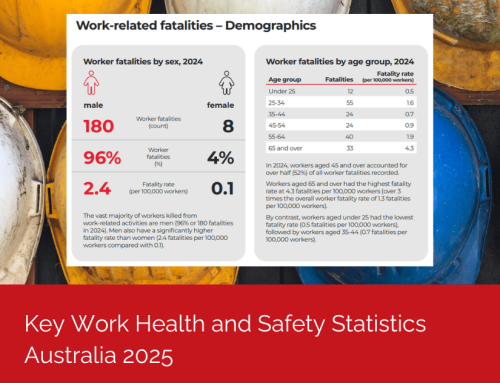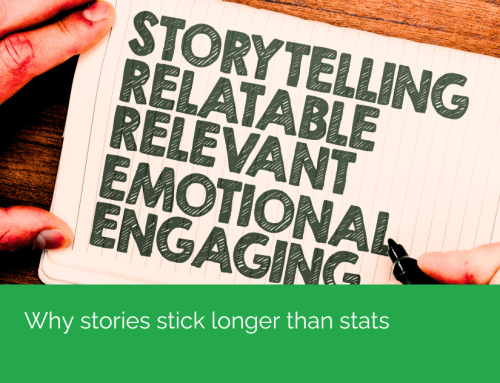
Discover how being an upstander can transform your workplace into a safe, inclusive, and supportive environment. Understand why people may hesitate to intervene and gain some practical steps on how to act safely and supportively.
“The standard you walk past is the standard you accept”
Lieutenant-General David Morrison,
Former Chief of the Australian Army
An ‘upstander’ or ‘active bystander’ in the workplace is someone who steps up to support others by intervening safely when they witness a breach of their Code of Conduct. This occurs when someone’s right to dignity and respect has been breached—whether due to harassment, racism, or discrimination based on gender, age, sexuality, ethnicity, disability, culture, personal preferences, or any form of disrespectful behaviour. In the workplace, everyone’s uniqueness deserves respect.
Becoming an effective upstander involves understanding the barriers to intervention and developing the skills to overcome them.
Why do we need upstanders at work?
Ensures safety and is the right thing to do: Acting as an upstander keeps the workplace safe and supports a moral responsibility to prevent harmful behaviours before they escalate into more serious issues.
Enhances well-being: Supportive work cultures increase employee morale and reduce stress, essential for mental and emotional well-being.
Reduces turnover and absenteeism: Safe environments decrease the likelihood of turnover and absenteeism, reducing costs and disruption for Australian businesses.
Ensures compliance: Upstanders help organisations adhere to WHS legislation by creating a safe workplace free from risks. They also ensure compliance with Regulations and the Model Code of Practice: Managing psychosocial hazards at work that places mental health on an equal footing with physical safety. You can find more about this here.
Organisations must comply with anti-discrimination laws, human rights legislation, and the Fair Work Act to prevent legal issues and potential work cover claims. These federal laws protect individuals from discrimination and ensure their human rights are upheld.
Why do some individuals refrain from being upstanders by intervening or saying “this is not OK” when someone’s dignity is under threat?
These reasons often fall into six overarching themes:
- Fear. Fear of retribution, fear of being isolated/ostracised, fear of getting a reputation of a ‘dobber’, being too politically correct or any other derogatory term, and finally, fear of being seen and being made a target for their own uniqueness.
- Lack of knowledge, confidence, or the competence to intervene. This includes not being sure if what they saw or heard was bullying, harassment, peer pressure or racism, or an inability to know what to do which results in them doing nothing.
- ‘It’s not my business’. A belief that it’s someone else’s role to say something or a belief that is not your place to get involved.
- Historic experience or trauma. Historic evidence that intervening does not work or personal experience of the same behaviour which makes it too hard to intervene on someone else’s behalf.
- A belief that there is no issue. That is, the witness does not see nor believe there is an issue or breach of the Code of Conduct to begin with.
- A belief that nothing will change, even if you do intervene.
How can you be an upstander?
Being an upstander involves more than observation; it requires action. When someone acts as an upstander, they don’t passively watch as others are treated unfairly or unsafely. Instead, they first stop the conversation safely which can be easily achieved through distraction to remove the person being victimised or change the topic. Preventing further harm is step one.
How do you safely intervene?
Intervention isn’t about exacerbating the situation or causing further distress to the person facing persecution or engaging in conflict. Instead, intervention encompasses a variety of actions that depend on the specific circumstances, the nature of the issue, the organisations culture, and, importantly, what you feel comfortable doing.
Regardless of the situation, upstander interventions follow a two-step process:
STOP: Take immediate action if someone’s physical or psychological safety is at risk. This could involve distracting the perpetrator to defuse the situation, removing the person being targeted from the environment, or seeking assistance from others to intervene safely. For instance, if you witness someone making suggestive gestures to a colleague, you might position yourself between them to break the line of sight.
SUPPORT: Once the immediate threat has been addressed, approach the person who may have experienced a breach of dignity or respect. Begin by simply asking if they are okay and if they felt offended by the situation. Sometimes, what might be offensive to you is not to another person, so the first part of support is simply asking something like: “I intervened as I wasn’t sure if you were offended by what was happening. Are you OK?”
Depending on their response, offer assistance such as guiding them through formal complaint processes, providing access to peer support, HR, or Employee Assistance Programs (EAP).
Ultimately, if safe to do so, empower the person to have a conversation with those who offended them using a simple structured approach to express their feelings and establish boundaries.
“When XXX happened, I felt XXX”
“What I would like next time is XXX”
“Would you be willing to do this?”
Additionally, follow up with them after the incident to ensure appropriate action has been taken and to monitor for any ongoing issues.
Becoming an upstander means taking action to protect the dignity and safety of colleagues, ultimately fostering a more inclusive and supportive work environment. When we all stand up, we contribute to creating workplaces where everyone feels valued and respected.






